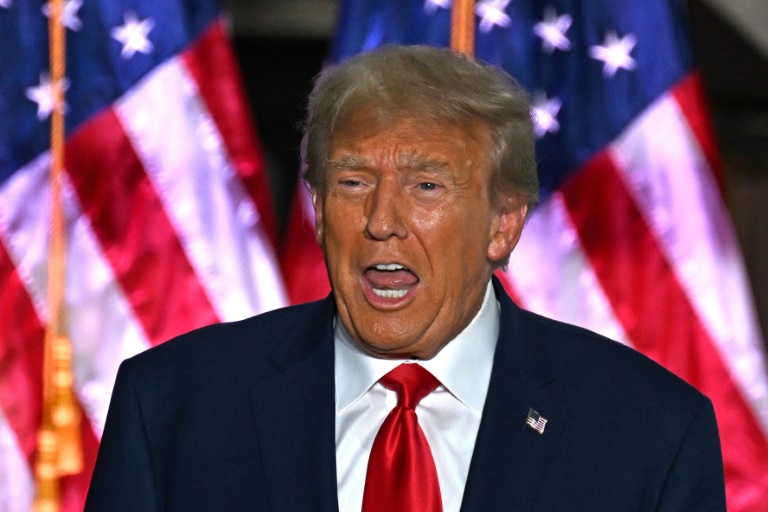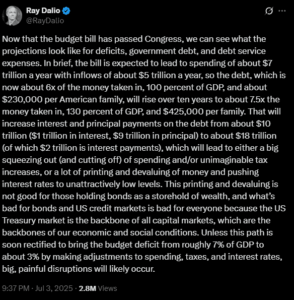
As President Donald Trump threatens to impose tariffs as high as 50% on European imports, world leaders are quietly orchestrating a new global trade framework that notably excludes the United States. With a crucial deadline of July 9 looming for a new EU-U.S. trade agreement, Trump’s warnings of punitive tariffs have prompted swift international maneuvering.
European Commission President Ursula von der Leyen has proposed a bold countermeasure. Her plan involves uniting the European Union’s 27 member states with the 12-nation Comprehensive and Progressive Agreement for Trans-Pacific Partnership (CPTPP), which includes the United Kingdom, to establish a new trade alliance without U.S. involvement, according to Politico.
EU’s Strategic Shift
At a recent EU leaders’ summit, von der Leyen emphasized the potential power of this alliance.
“CPTPP and the European Union is mighty,”
she stated, suggesting that this coalition could eventually replace the World Trade Organization (WTO) and decide at a later stage whether to allow U.S. participation.
The proposal has garnered support from prominent figures such as German Chancellor Friedrich Merz and Polish Prime Minister Donald Tusk. Tusk compared the strategy to Trump’s own unpredictable tactics, remarking,
“We need to be similar to our partners in some sense.”
Internal EU Dynamics
Despite the bold proposal, EU leaders privately acknowledge the urgency of reaching a compromise with the U.S. before the deadline to prevent sweeping tariffs. Negotiations are expected to continue into the coming week. However, the bloc is not unified in its approach. Some leaders advocate for a swift agreement to protect vulnerable sectors like chemicals and steel, while others are hesitant to yield to Trump’s demands.
French President Emmanuel Macron, who previously adopted a defiant stance, has softened his position, admitting,
“10% [tariffs] will be 10%.”
Historical Context and Implications
This development follows a historical pattern of shifting alliances in global trade. The formation of the CPTPP itself was a response to the U.S. withdrawal from the Trans-Pacific Partnership (TPP) under Trump’s administration. The current situation underscores a growing trend of countries seeking to establish trade networks that can withstand U.S. policy volatility.
Trade experts suggest that this new alliance could significantly alter global trade dynamics. Dr. Anne Richards, an international trade analyst, noted,
“If successful, this coalition could serve as a counterbalance to U.S. economic influence, potentially leading to a more multipolar trade environment.”
Potential Economic Impact
The potential economic ramifications of this alliance are considerable. By excluding the U.S., the EU and CPTPP nations could create a formidable trading bloc, potentially reshaping supply chains and investment flows. This move could also encourage other nations to reconsider their trade strategies, possibly leading to a reevaluation of global trade norms.
However, the success of this initiative hinges on the ability of EU leaders to present a unified front and the willingness of CPTPP members to expand their partnership. The outcome of ongoing negotiations with the U.S. will also play a crucial role in determining the future of this proposed alliance.
Looking Ahead
As the July 9 deadline approaches, the international community watches closely. The next steps will involve intense diplomatic negotiations, both within the EU and with CPTPP partners, to finalize the details of this potential alliance. The outcome will not only impact trade relations but could also redefine geopolitical alliances in the coming years.
For now, the world waits to see whether the EU and CPTPP can forge a new path in global trade, or if a last-minute agreement with the U.S. will avert a trade conflict.






